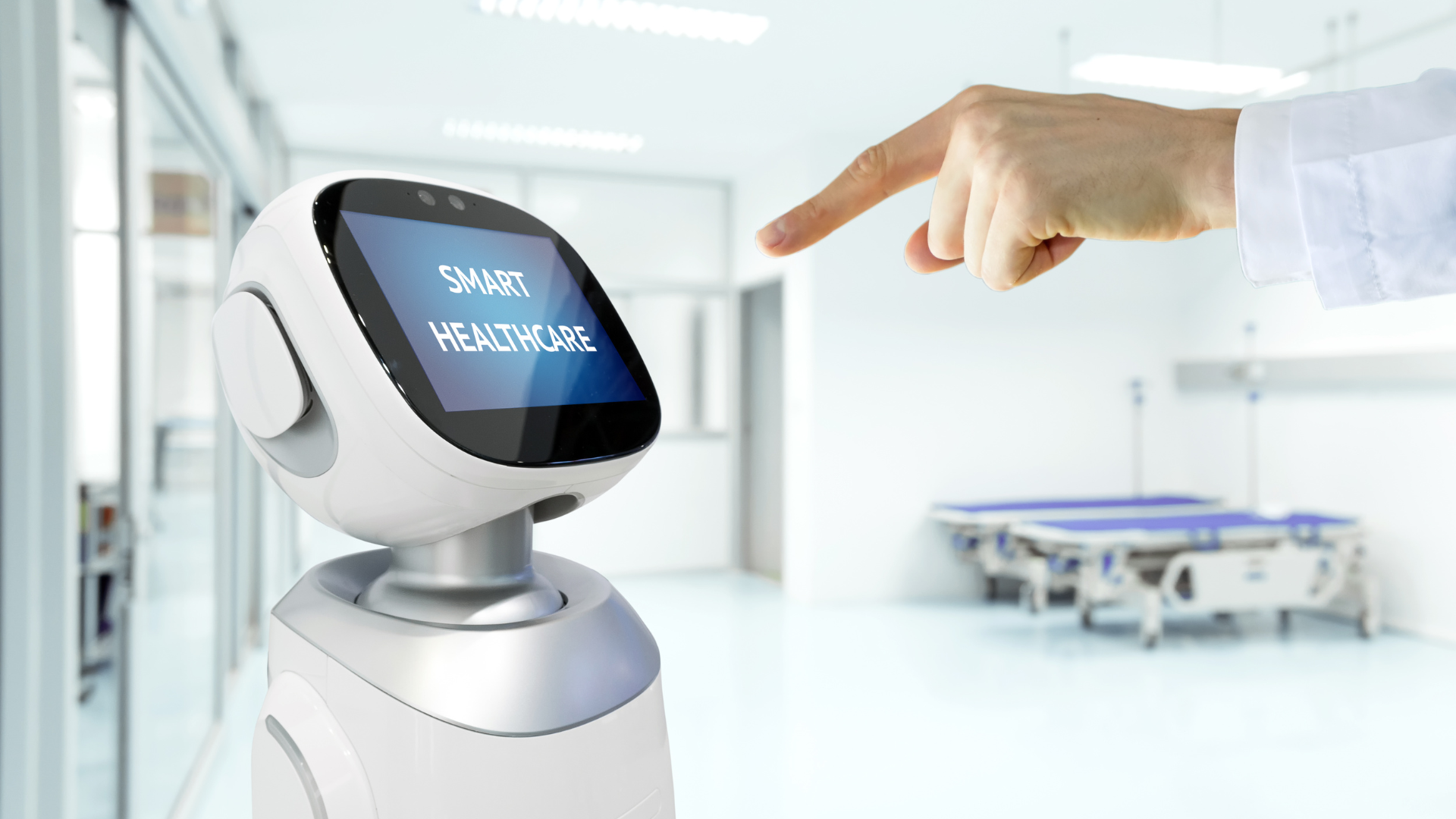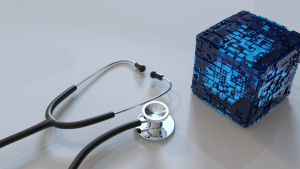The world of medical science is undergoing a revolutionary change – and it’s all thanks to robotics. In recent years, automation has played an increasingly important role in healthcare, transforming the way doctors diagnose and treat patients. From cutting-edge surgical robots to automated drug dispensers, technology is revolutionizing the field of medicine in ways we never thought possible. Join us as we explore this exciting new frontier and delve into how robotics is changing the face of healthcare as we know it!
Benefits of Technology on Healthcare
Technology has revolutionized healthcare in many ways. Some of the most notable benefits of technology in healthcare include:
- Increased accuracy and precision: Technology has helped to increase the accuracy and precision of diagnostic procedures and treatments. This, in turn, has helped to improve patient outcomes.
- Greater efficiency: Technology has also helped to make healthcare more efficient. Automation, for instance, has helped to speed up many processes, including data entry and billing.
- Improved access to care: Technology has made it easier for patients to access care, whether through telemedicine or online appointment scheduling. Through a medical virtual assistant, lines of communication can improve, thereby increasing accessibility.
- Enhanced communication: Technology has improved communication between providers and patients, as well as between providers themselves. This enhanced communication can help to ensure that everyone is on the same page when it comes to a patient’s care plan.
- Greater flexibility: The use of technology can also make healthcare more flexible. For instance, providers can now offer virtual appointments for patients who may not be able to come into the office for an in-person visit.
Automation and Robotics for Diagnostics and Treatment
A very promising application of robotics in healthcare is in the area of diagnostics. Robotics can be used to develop new diagnostic tools and techniques, as well as to improve existing ones. For example, robots can be used to create 3D images of organs and tissues, which can then be analyzed by doctors. In addition, robots can be used to perform biopsies and other invasive procedures with greater precision than is possible with human hands.
Another area where robotics is beginning to play a role is in treatment. Robots can be used to deliver drugs and other treatments directly to specific areas of the body. This targeted delivery can improve the effectiveness of treatments and reduce side effects. Additionally, robots are being developed that can assist patients with physical tasks such as bathing or dressing.
The use of automation and robotics in healthcare is still in its early stages, but the potential applications are vast. As these technologies continue to develop, they will likely play an increasingly important role in improving the quality of healthcare for people around the world.
Medical Market Research and Robot Manufacturing
The growing adoption of medical robots has spurred significant market research efforts by healthcare providers, technology companies, and research agencies like IDR Medical. Market analysis helps understand factors driving demand, potential applications, regulatory requirements, and competitive landscape. This data guides strategic decisions on investment, product development, and commercialization.
Major technology giants as well as specialized surgical robot manufacturers are actively developing next-generation medical robots. Key players include Intuitive Surgical, Stryker, Medtronic, and startups like Vicarious Surgical. Robust R&D, partnerships with hospitals, and addressing manufacturing challenges are critical for successful systems. As demand grows, we can expect to see an expansion in production capabilities for these highly complex robotic systems intended for mission-critical medical use cases.
Challenges with Automation in Healthcare
One of the biggest challenges with automation in healthcare is the lack of standardization. With so many different types of medical equipment and procedures, it can be difficult to create a one-size-fits-all solution. Additionally, automating a healthcare process can be expensive and time-consuming. There is also the risk that an automated system may not work as intended, which could lead to patient safety issues.
The Future of Robotics in Healthcare
One type of technology that is being used in healthcare is robotics. Robotics is being used in healthcare for surgical procedures. Robots are able to carry out surgery with greater precision than human surgeons and this can result in fewer complications and a quicker recovery time for patients. Robots are also able to carry out surgery on patients who are unable to have surgery using traditional methods.
Robotics is playing an increasingly important role in various sectors of healthcare, as the industry explores the potential of automation to improve efficiency and patient outcomes. There are a number of areas where robotics is being used or investigated for use in healthcare, including surgery, rehabilitation, diagnosis and treatment planning, and pharmacy automation.
The future of robotics in healthcare looks promising, with continued advances in technology making robots more capable and affordable. As robots become more widespread in healthcare settings, it is likely that their impact on patient care will continue to grow.
Robotics in medical science promises a brighter and more efficient future for healthcare. Automation allows healthcare providers to improve the quality of care provided, reduce costs, and minimize errors while providing better health outcomes for patients. The use of robotics is just beginning to be explored but its potential to revolutionize medical science is undeniable. With every new advancement in technology comes great promise, so it is exciting to watch as this field continues to evolve over the coming years.




